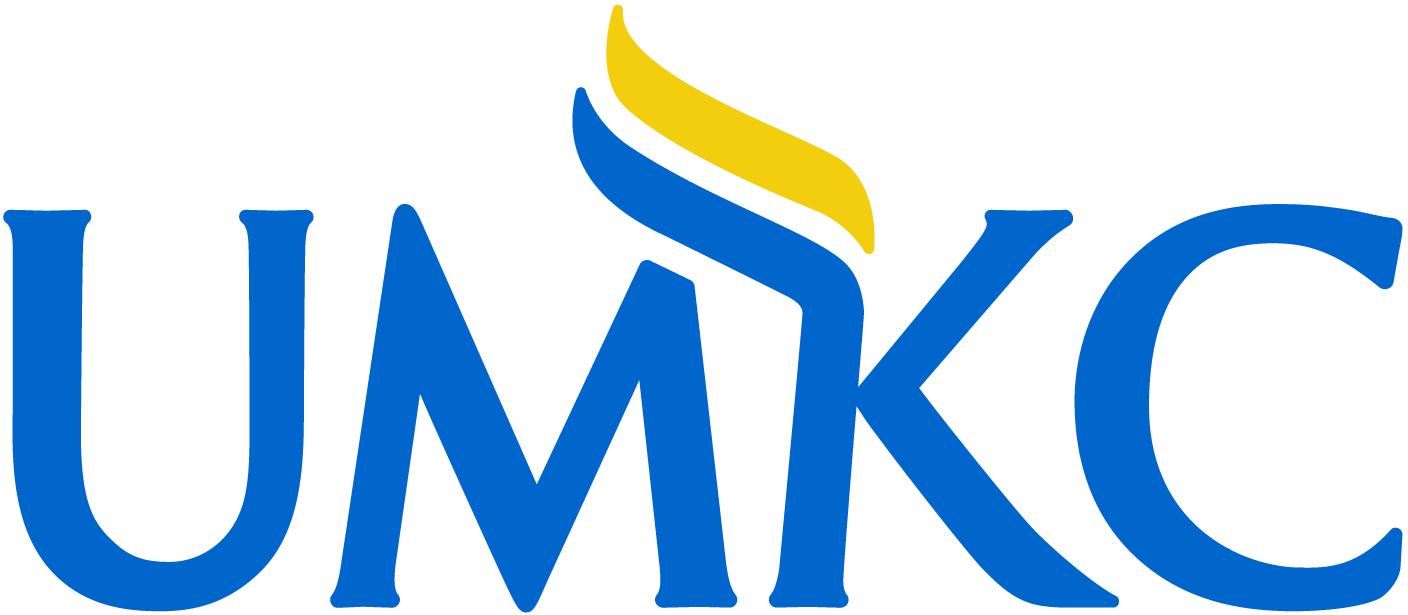Abstract
BACKGROUND: Brain tumors are among the most aggressive malignancies requiring multimodal therapy, including chemotherapy. In India, where healthcare is predominantly financed out of pocket, the cost of anticancer medications poses a significant barrier to treatment adherence. A wide disparity exists between the costliest branded drugs and their lower-cost alternatives, raising concerns about affordability and equity in care. This study aimed to perform a cost-minimization analysis (CMA) to quantify cost differences (CDs) among the most expensive, least expensive, and generic chemotherapy drugs used for brain tumor treatment.
MATERIALS AND METHODS: This descriptive pharmacoeconomic study compared the costs of eight chemotherapy agents-temozolomide, procarbazine, lomustine, carmustine, vincristine, bevacizumab, irinotecan, and carboplatin. Drug prices were sourced from the Current Index of Medical Stores (CIMS) and government databases. Dosages were standardized based on average Indian adult body surface area (BSA). Cost metrics included CD, cost ratio (CR), and percentage cost variation (PCV). Regimen-wise costs were calculated per cycle and overall.
RESULTS: Significant cost variation was observed across all formulations. Temozolomide 250 mg showed the highest fold difference (8.94×), while bevacizumab displayed a 3.3× difference. Adjuvant temozolomide over 12 months ranged from ₹32,220 (generic) to ₹3,90,000 (costliest brand). PCV values ranged from 27.7% (carboplatin) to over 700% (temozolomide). Most CDs were statistically significant (p < 0.05).
CONCLUSION: This study highlights substantial pricing disparities in chemotherapy for brain tumors in India. Cost-effective alternatives can significantly reduce treatment-related financial toxicity. Incorporating pharmacoeconomic evidence into prescribing decisions is essential to improve equitable access to neuro-oncology care.
